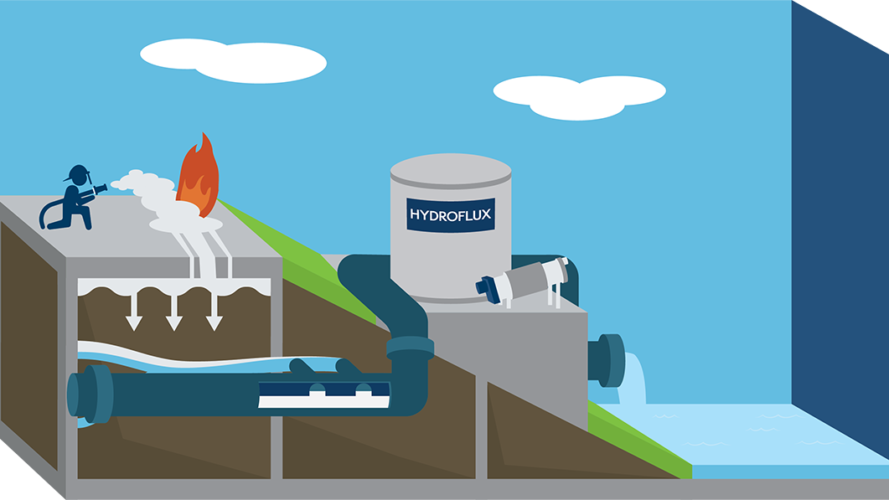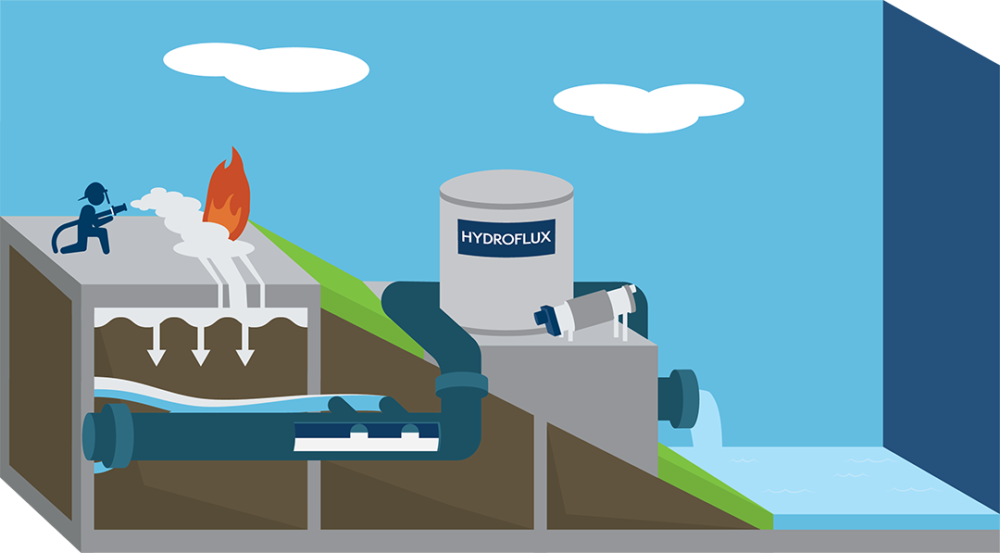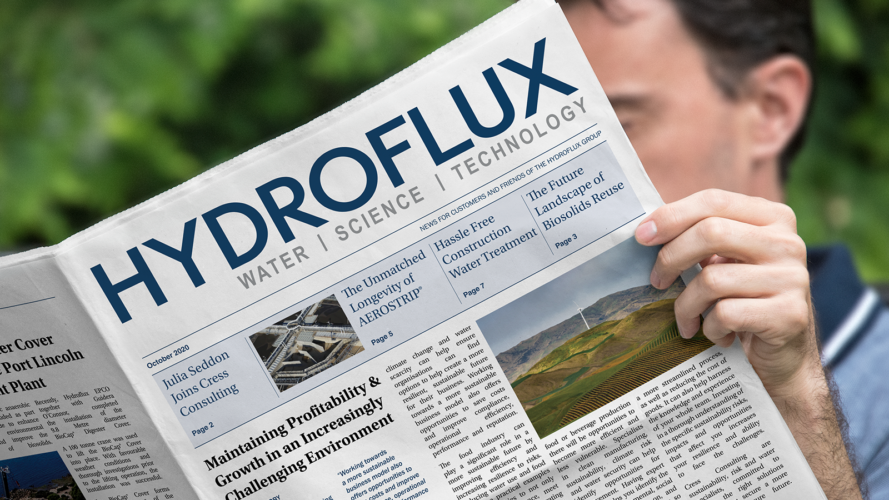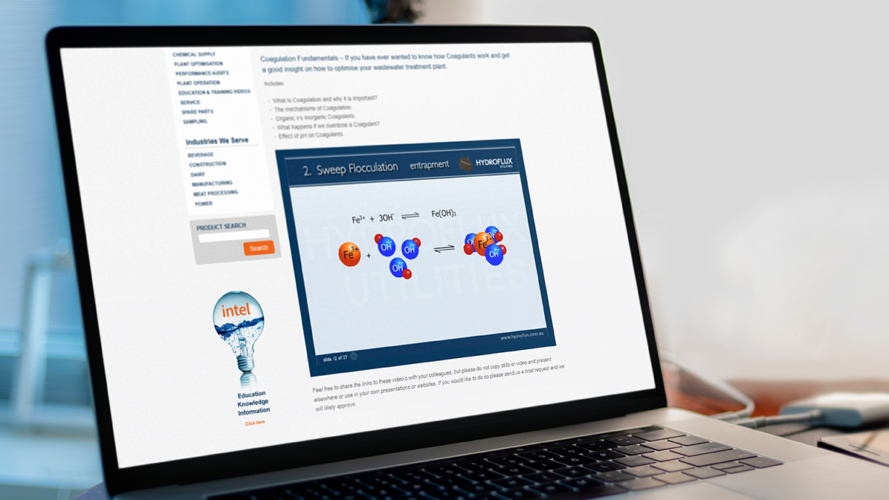
Emerging Contaminants and Other Nuisance Compounds
September 10, 2020
Tunnelling infrastructure has been an important way for Australian cities to meet their transport needs by minimising the need for land acquisition and removing traffic from local streets.
The challenge of tunnel design, planning, excavation, roadworks and construction is immense. This is particularly so for the water that accumulates within a tunnel from groundwater sources interrupted by the excavations and from the processes of tunnelling itself.
Ground water can be clean but can also contain high quantities of natural impurities and in some instances man-made pollutants that are a legacy from past industrial activities at the surface. Water from tunnelling processes is usually muddy and has very high solid loads that needs removal and disposal.

The solution is a complementary approach of in-tunnel solids management and water treatment at the surface. In-tunnel solids management protects downstream water treatment processes and reduces the weight of water plus solids removal to the surface TunnelMATE®. Surface mounted water treatment treats water to a high quality for construction/operational process re-use or discharge into local receiving waters TunnelMAX®.
Tunnelling sites discharging into local receiving waters such as creeks or rivers will have EPA licenses defining the treated water quality that is required. For surface infrastructure works there are standard criteria that are typically Total Suspended Solids (TSS) of 50 mg/L, pH of 6.5 to 8.5 and no visible trace of Oil and Grease (O&G). If contamination is an issue or if the receiving waters have increased sensitivity, criteria will be more stringent. Common contaminants such as heavy metals (e.g. Zinc or Nickel) and Hydrocarbons may be present in soils with contamination issues and require additional treatment steps.
More recently Emerging Contaminants have become a concern to the industry. Emerging Contaminants are synthetic or naturally occurring chemicals or microorganisms that are not commonly monitored but have the potential to enter the environment and cause known or suspected adverse ecological and/or human effects. They could be opportunistic pathogens, endocrine disruptors/pharmaceuticals, PFAS (PFOx), microplastics or nanoparticles. Although these substances have always been there, their effects on the receiving waters are being more carefully considered.
A group of Emerging Contaminants of very recent concern are per and poly-fluorinated alkyl substances (PFAS). PFAS are man-made chemicals manufactured for use in products that resist heat, oil, stains and water. PFAS are highly soluble, so they readily leach from soil into surface water and groundwater, where they can move long distances to enter creeks, rivers and lakes. They can become part of the food chain, being transferred from organism to organism. There is evidence that exposure to PFAS can lead to adverse human health effects due to its bioaccumulation properties.
Firefighting foams are a major source of groundwater contamination particularly at airports and military bases where firefighting training occurred or in areas where bush fires and the use of fire retardants to put out the fire have impacted the local environment. They are composed of wetting agents and foaming chemicals, fertilisers (ammonium and diammonium sulphate and ammonium phosphate) mixed with thickeners (guar gum) and corrosion inhibitors (for aircraft safety). The presence of Ammonia in groundwater is also posing issues for the infrastructure industry and is toxic to aquatic life if discharged into local receiving waters.
The identification of the risks and required treatment of Emerging Contaminants is disrupting the infrastructure industry by complicating tunnelling works and the handling of the water that is encountered. Furthermore, the EPA are requiring a broader testing regime to identify any contaminants in excess of ANZECC Guidelines, as well as these Emerging Contaminants. Thus, resulting in a broader list of substances that require removal from the water before it is discharged.
Conventional infrastructure water treatment processes cannot manage these Emerging Contaminants and nuisance compounds. Traditional methods to remove these substances rely upon biological processes. Biological processes require very large areas of land and/or advanced filtration technologies. Advanced filtration technologies use high energy and produce a residual waste concentrate that itself is difficult and costly to dispose of. These options are unrealistic for the lifetimes of these projects.
Hydroflux Industrial have refined propriety processes utilising these advanced filtration technologies and can offer solutions that provide the lowest footprint and cost of operation. Each site has its own nuisance compounds, requirements for discharge, available footprint and budget constraints that is defined before the infrastructure joint venture approaches the market for water treatment options. Hydroflux Industrial are already delivering on this for major infrastructure projects.
Up Next
Hydroflux Group Newsletter – October 2020
Categories
- Tradeshows
- Climate
- Community Engagement
- Corporate Announcements
- Group News
- Newsletters
- Product News
- Project Announcement


